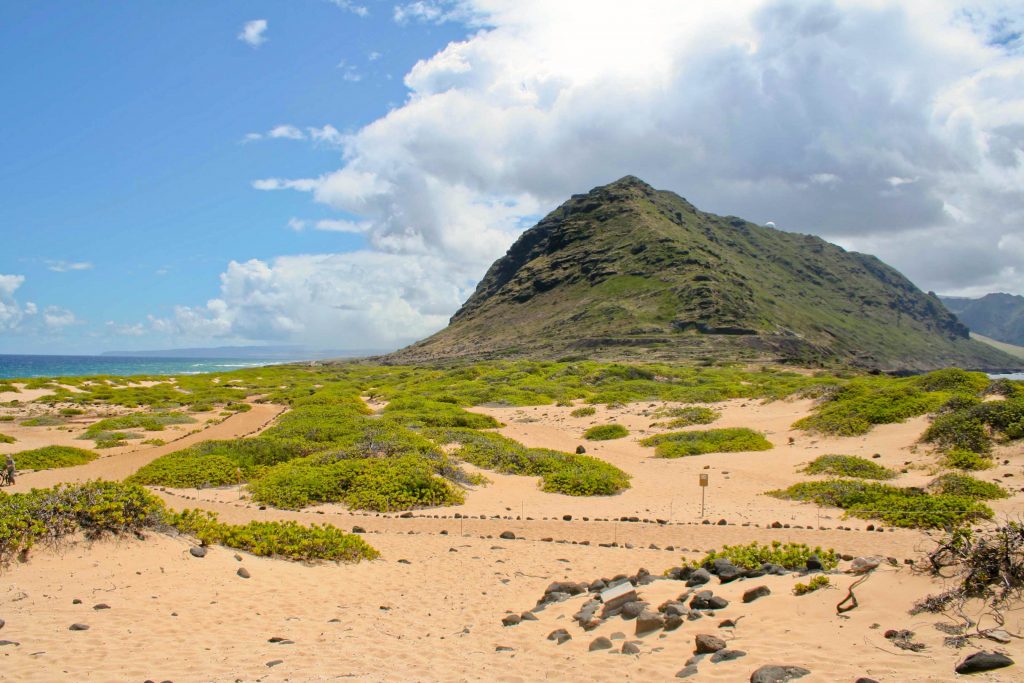Kaʻena Point on Oʻahu closer to becoming Hawaiʻi’s first National Heritage Area
The US House of Representatives have passed a bill, co-introduced by Hawaiʻi Congressmen Ed Case and Kaiali’i Kahele, to advance the possible designation of Ka‘ena Point on Oahu’s westernmost tip as Hawaiʻi’s first Natural Heritage Area.
Such areas are designated to recognize and protect the nation’s unique conservation, recreation, historic, cultural, education and preservation areas.
Natural Heritage Areas (NHAs) can receive federal funds to help local communities preserve and manage such resources under federal-state-community partnerships. There are currently 55 designated NHAs in 34 states, but none in Hawai’i.
“Kaʻena Point, largely state-owned, is the perfect candidate for a National Heritage Area in Hawaiʻi given its truly unique cultural, historic and environmental heritage and qualities,” Rep. Case said.
“Our bill directs the US Department of the Interior to evaluate whether Ka‘ena Point, a treasured wilderness area on otherwise densely-populated O‘ahu, should be designated as an NHA.”
The agency would conduct a 3-year study to confirm whether Ka‘ena Point holds valuable resources that reflect the country’s heritage and are worthy of conservation and recognition.
“I am certain it will,” Rep. Case said.
The federal bill focuses on protection of the undeveloped area of Kaʻena Point on the west end of Oʻahu from Mākua to Waialua. It is the site of the last intact sand dune ecosystem in Hawaiʻi and is said to be named after a sibling of the Hawaiian goddess Pele. Kaʻena Point also includes a leina ka ‘uhane, an important recognized cultural site that, according to Hawaiian tradition, is where the souls of the deceased leapt into the next plane of existence.
Ka‘ena also is home to various protected species including the Hawaiian monk seal, laysan albatross and ohai flower.
The State of Hawaiʻi’s Department of Land and Natural Resources already has created a management plan for the Ka‘ena Point Stewardship Area to protect one of the last few remaining and easily accessible wilderness areas on O‘ahu.
NHAs offer federal assistance of joint efforts to manage NHAs for specific protections and uses appropriate approaches unique to each site.
Any federal studies for Kaʻena Point would fully involve all engaged communities in charting the overall plan for protection and use of these unique parts of the rich heritage of our country. The study would include the approximately 1,500 acres of both the State of Hawaii’s natural area reserve and the state park already in place at Ka‘ena Point.
The text of the bill is available here.
















